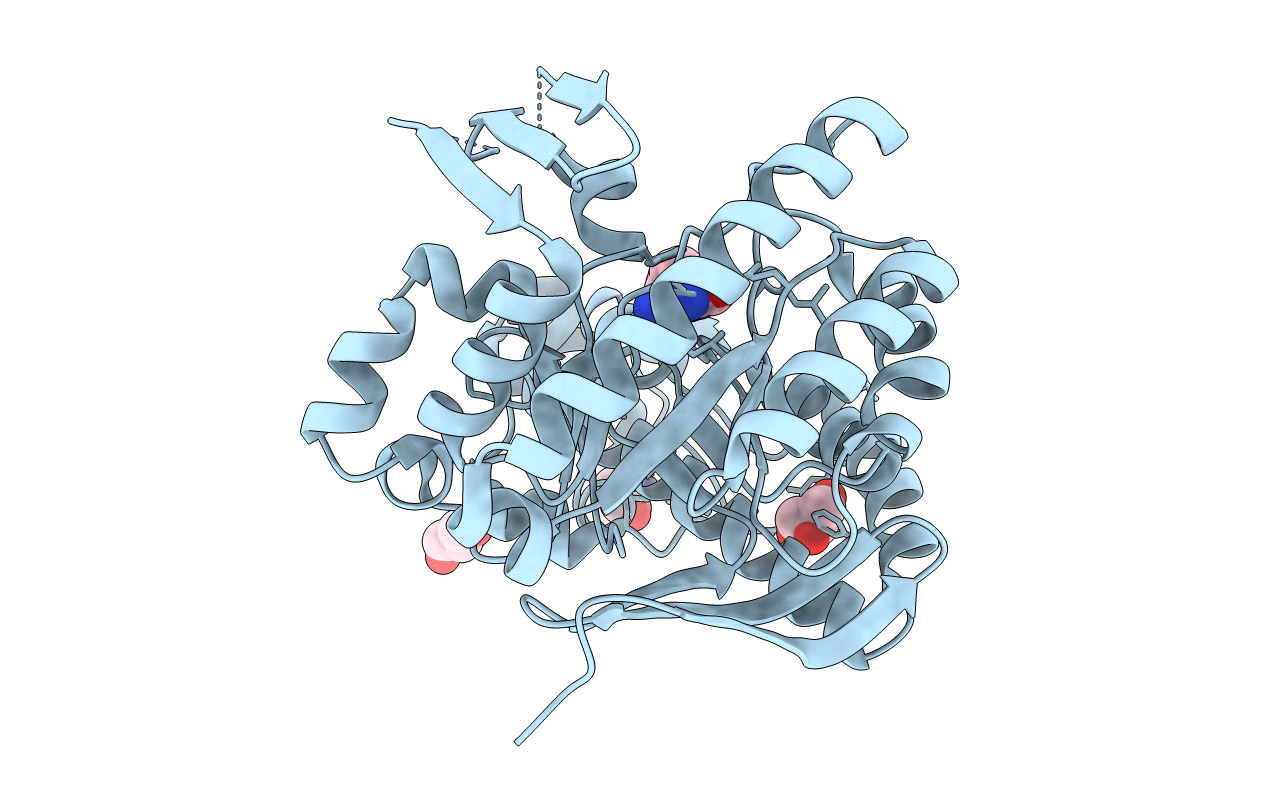
Deposition Date
2016-05-13
Release Date
2016-08-10
Last Version Date
2024-01-10
Entry Detail
PDB ID:
5JXQ
Keywords:
Title:
TRNA-GUANINE TRANSGLYCOSYLASE (TGT) IN COMPLEX WITH 6-AMINO-2-{[4-(2-HYDROXYETHYL)PHENETHYL]AMINO}-1,7-DIHYDRO-8H-IMIDAZO[4,5-g]QUINAZOLIN-8-ONE
Biological Source:
Source Organism:
Zymomonas mobilis subsp. mobilis (Taxon ID: 120045)
Host Organism:
Method Details:
Experimental Method:
Resolution:
1.20 Å
R-Value Free:
0.15
R-Value Work:
0.13
R-Value Observed:
0.13
Space Group:
C 1 2 1


